The missionary position: How Canada’s Christians aided colonialism in Africa
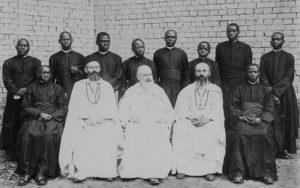

For more than a century Canadians have gone abroad to do “good” in poorer parts of the world. Whether they spurred positive change or simply became foreign agents should be of interest to international non-governmental organizations.
Last week the Globe and Mail reported on the Canadian Christians who set off to proselytize in China in 1891. Focused on their medical achievements, the laudatory story hinted at a darker side of their work. It quoted a missionary who was “critical of the lifestyle most of the missionaries led, with their large houses, many servants and imported comforts which contrasted with the far lower standard of living of their Chinese fellow Christians.”
Of more consequence than their opulence, Canadian missionaries aggressively supported colonial officials, as I discovered researching Canada in Africa: 300 years of aid and exploitation. By the end of the colonial period 2,500 Canadian missionaries were proselytizing in Africa and Canadian churches raised large sums to support mission stations across the continent.
Four Québec Jesuit fathers left for the Zambezi Mission in southern Africa in 1883. Alphonse Daignault rose through the ranks of the Catholic male congregation to become Prefect Apostolic of Northern Rhodesia (Zambia). Then Superior of the Jesuits’ Zambezi Mission, Daignault backed the British South Africa Company’s invasion of Mashonaland (Zimbabwe) in 1890. With their evangelizing shunned by the Ndebele people, the Jesuits and other foreign missionaries supported the “destruction of [the] Ndebele system.”
Granted a charter from London in 1889, Cecil Rhodes’ British South Africa Company offered white men in Kimberley, South Africa, 3,000 acres of land and mining rights if they joined the Company’s fight to conquer part of today’s Zimbabwe. Daignault offered the invading force chaplaincy services, mobile ambulances and nurses. The British South Africa Company paid the Jesuit nurses’ costs and compensated Daignault’s mission with conquered territory, including a major piece of land on the outskirts of today’s Harare. In A History of Christian Missions in Zimbabwe, C. J. M. Zvobgo writes that the Harare “farm which consisted of 12,000 acres, beautifully surrounded by hills, was given to the Jesuits by the BSA Company in recognition of Fr Alphonse Daignault’s service to the [Company’s] sick.”
The Québec Jesuit leader worked with Rhodes and British officials for years. He also supported the colonial authorities efforts to drive Africans from their traditional economies into wage work. Reflecting the settler community’s attitude in 1897, Daignault told the deputy administrator of the city of Bulawayo in 1897 that the “natives of this country… are but grown-up children” prone to “idleness”. “Men in authority who have the true interests of the natives at heart ought to treat the natives not only as children but are also to do all they can to make them acquire habits of work. As this cannot be obtained by mere moral persuasion, authority must necessarily be used.”
To the north, dozens of Canadian missionaries helped the colonial authority penetrate Ugandan societies in the early 1900s. The preeminent figure was John Forbes who was a bishop and coadjutor vicar apostolic, making him second in charge of over 30 mission posts in Uganda. A 1929 biography of the founder of the White Fathers in Canada describes his “good relations” with British colonial authorities and the “important services Forbes rendered the authorities of the Protectorate.”
In 1918 Forbes participated in a major conference in the colony, organized by Governor Robert Coryndon in the hopes of spurring indigenous wage work. The Vaudreuil, Québec, native wrote home that “it’s a big question. The European planters in our area, who cultivate coffee, cotton and rubber need workers for their exploitation. But the workforce is rare. Our Negroes are happy to eat bananas and with a few bits of cotton or bark for clothes, are not excited to put themselves at the service of the planters and work all day for a meager salary.” British officials subsidized the White Fathers schools as part of a bid to expand the indigenous workforce.
During World War I, Canadian White Fathers Ernest Paradis and Wilfred Sarrazin helped Brigadier General Edward Northey conquer German East Africa. Serving as civilian transport officers, Paradis and Sarrazin focused on organizing African carriers, who were generally press ganged into service. Paradis became Senior Transport Officer for all British forces east of Nyasaland and North of Zambezi in today’s Malawi and Zimbabwe.
By volunteering to join the war, the White Fathers sought “respectability … in the eyes of planters and government officials.” Afterwards, Paradis used his heightened status to gain the colonial administration’s support for the White Fathers’ educational work.
Paradis evangelised in Malawi for several decades. He led the White Fathers campaign to suppress “the Nyau”, a religious belief among the Chewa and Nyanja people that included elaborate dances. In May 1929 Paradis wrote an East Africa article titled Devil Dancers of Terror that claimed Nyau dances were seditious.
Another Canadian missionary engaged in the White Fathers’ efforts to outlaw Nyau customs in Nyasaland. Father Superior David Roy called on colonial officials to criminalize their dances and in 1928 Christians in the Likuni district, which he oversaw, killed two Nyau.
Thomas Buchanan Reginald Westgate was a Canadian missionary who joined the Church Missionary Society in German East Africa in 1902. With the support of the Ontario branch of the Church Mission Society, Westgate remained in Tanzania for over a decade. The Watford, Ontario, born missionary translated parts of the Old Testament into Cigogo, the language spoken by the Gogo nation in the central region of the colony.
Westgate worked with the colonial administration. His son, Wilfrid Westgate, authored a book about his father’s life titled T. B. R. Westgate: A Canadian Missionary on Three Continents. In the biography, Westgate writes: “Governor [Heinrich] Schnee looked upon the mission as an asset to this part of the German colonial empire.” German soldiers protected the Canadian’s mission post when the population rose up in 1905 against the colonial authority.
Dissent was sparked by measures to force Africans to grow cotton for export, and an uprising known as the Maji Maji rebellion swept across the vast colony. It lasted two years. During the rebellion, Westgate coordinated with German Captain von Hirsch. Westgate’s wife, Rita, later wrote, “at times we feared the Germans could not suppress the rising.” The Germans succeeded, however, and the Westgates’ fears did not come to pass.
In The Specter of Genocide: Mass Murder in Historical Perspective, Isabel Hull writes that 15 Europeans and 389 allied African soldiers were killed by the rebels. By contrast, writes Hull, whole areas of the colony were depopulated with 200,000 to 300,000 Tanzanians killed between 1905 and 1907.
Another Ontario native by the name of Marion Wittich (later Marion Keller) felt called to missionary work while working as an Anglican schoolteacher in Parry Sound, Ontario. She set off with her husband to proselytize in Tanzania in 1913. Her husband died in Tanzania and several years later she remarried a man by the name of Otto Keller, a German born US émigré, who the Pentecostal Assemblies of Canada sponsored to set up a mission station in western Kenya. In 1914 Otto Keller claimed that “here [Africa] we see the power of the devil in an astonishing form, almost beyond belief. The noise of drunken men and women, fulfilling the lusts of the flesh come to our ears. All seemingly bound and determined to fulfill the cup of their iniquity.” By the time Marion Keller died in 1942, the socially conservative Pentecostal Assemblies of Canada had over 200 branch churches in Kenya.
An official history of the Canadian church attacked the anticolonial movement in Kenya as “a resurgence of primitive animism.” Published in 1958, What God Hath Wrought: A History of the Pentecostal Assemblies of Canada notes: “Unfortunately, sinister forces were bidding high for the souls of Kenya’s millions. In the 1950s there was to be a resurgence of primitive heathenism which had as its aim the expulsion of the white man from Kenya and the extinction of everything Christian in their land. This was the Mau Mau uprising.” In putting down the uprising the British killed tens of thousands.
In 1893 Torontonians Walter Gowans and Rowland Victor Bingham founded what later became the largest interdenominational Protestant mission on the continent: the Sudan Interior Mission (Though SIM initially focused on modern- day Nigeria, at the time “Sudan” generally referred to the area south of the Sahara and North of the equator from the east to west coast of the continent.) Head of SIM for four decades, Bingham described “facing millions of people in the darkness of their heathenism” and “seeing the people in all their savagery and sin.”
In the 1950s SIM described growing Nigerian nationalism as “dark and threatening”. Adeleye Liagbemi writes that “the nationalist upsurge of the post-Second World War era engendered a new spirit of independence and experimentation; positive, forward-looking, purposeful and militant. The situation sent chills down the spines of some Christian missionary organizations in the country — including the S.I.M.” In response SIM ramped up its literature output, deciding to “take the offensive out of Satan’s hands”, which it felt had “been winning the war of words among the new literates” of Africa.
Official Canada generally supported these Christian activists. Missionary leaders were well-regarded and received sympathetic media coverage. Leading business people financed mission work and Ottawa sometimes looked to missionaries for advice.
Most of the Canadians who proselytized in Africa were “good Christians” who saw themselves as helping to “civilize the dark continent”. While formal colonialism is over and paternalism has been tempered, Canadians supportive of international NGOs should reflect on missionary history.
To read more Click or Copy link below:

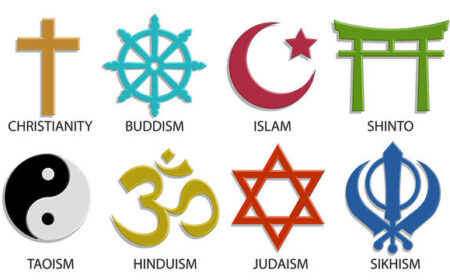
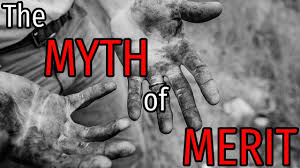
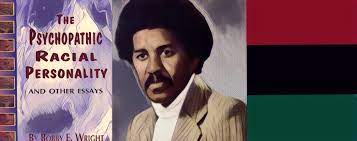

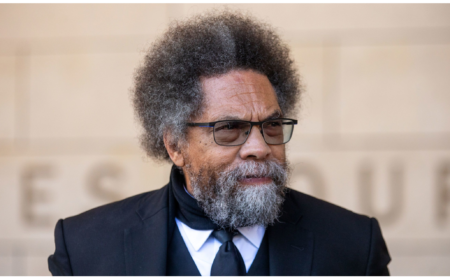
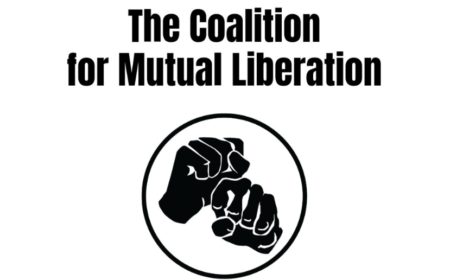
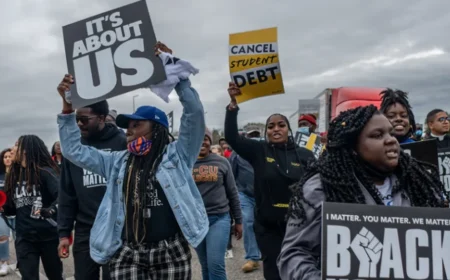
Comment (1)
Fredrick Kisa Ssekitto
It was wonderful to find you people and I want to work with you if possible